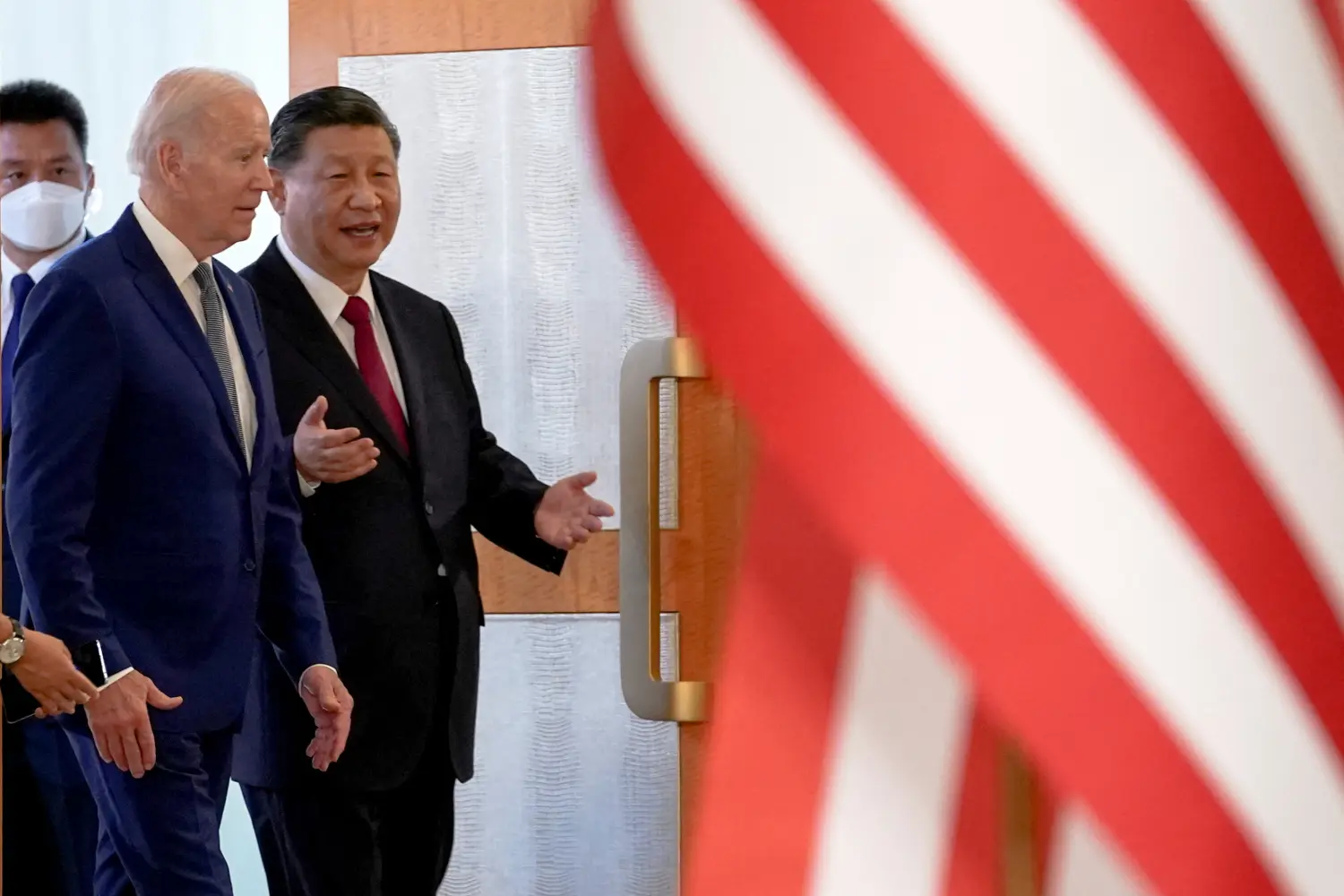Executive summary
 If the global environment for development continues to decline, the acute security and economic challenges facing the United States will become increasingly difficult to resolve. To create a better environment, the United States must work closely with other prominent global actors, especially China. The two countries are key players in three main arenas shaping the landscape: climate change, trade architecture, and development finance. And how developments in these arenas affect each other will largely determine the long-term outcomes for growth and poverty reduction worldwide. Promoting a stable foundation for development will help reduce conflict and enable global economic growth.
If the global environment for development continues to decline, the acute security and economic challenges facing the United States will become increasingly difficult to resolve. To create a better environment, the United States must work closely with other prominent global actors, especially China. The two countries are key players in three main arenas shaping the landscape: climate change, trade architecture, and development finance. And how developments in these arenas affect each other will largely determine the long-term outcomes for growth and poverty reduction worldwide. Promoting a stable foundation for development will help reduce conflict and enable global economic growth.
What’s the problem?
After decades of steady decline, global poverty has risen since 2019. While several exceptional factors such as Russia’s invasion of Ukraine and the lingering effects of the COVID-19 pandemic contributed to this reversal, the fact remains that the global environment for development may continue to be poor for decades. The main structural factors already at work are (1) climate change, which contributes to more frequent and severe environmental disasters; (2) a fragmentation of the global trading system; and (3) a lack of development finance, which is needed for infrastructure and for addressing challenges such as the pandemic and its second- and third-order effects. If the poor environment for development continues, there will be more poor people, more instability and conflict in the developing world, insufficient progress on global carbon reduction, and more global health crises. As such, it is in America’s interest to devote more resources and policy attention to supporting development and to cooperate more fully with other major players, especially China, to address these looming global challenges.
-
Acknowledgements and disclosures
The authors wish to thank Lori Merritt for editing and Rachel Slattery for layout.
The Brookings Institution is committed to quality, independence, and impact.
We are supported by a diverse array of funders. In line with our values and policies, each Brookings publication represents the sole views of its author(s).








